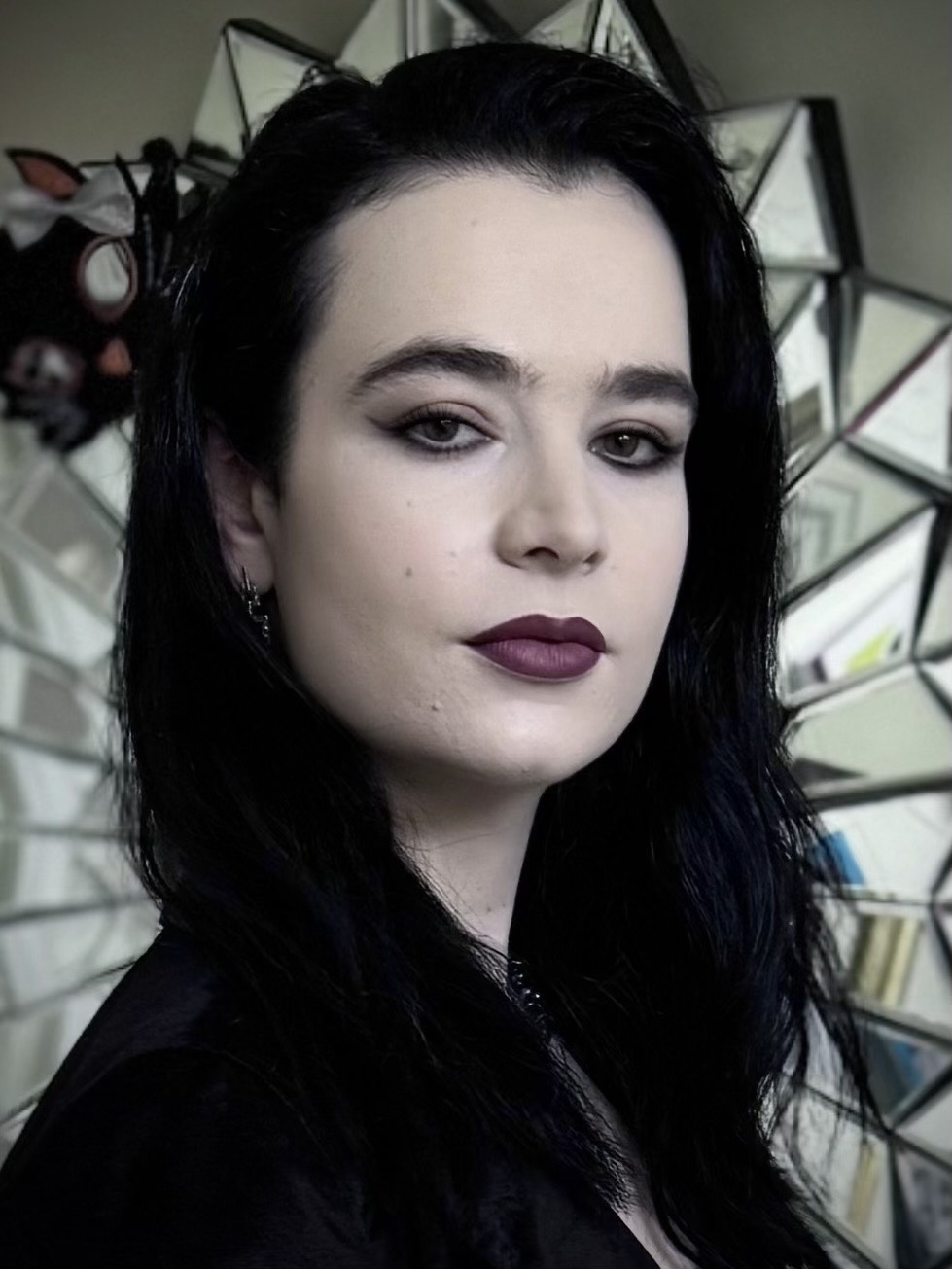
The term ‘Gothic’ is both an aesthetic and concept that I continually explore in literature and fashion.
Considered a pioneer of the Gothic genre of literature and the sub-genre of Dark Romanticism, Edgar Allan Poe’s breadth and depth of work continues to fascinate me. Gothic literature can loosely be defined as an aesthetic that is simultaneously beautiful and haunting with themes of dread, fear and the supernatural. In this post, I want to explore Edgar Allan Poe’s use of characterisation and style in evoking a sense of the Gothic in his short stories, ‘Ligeia’ and ‘The Fall of the House of Usher’.
The concept of imagination and dream being simultaneous is a common theme in Romanticism adapted by Poe in both stories. Richard Wibur’s analysis in ‘The House of Poe’ points to Poe’s uniqueness in his ‘literalness and absoluteness of the identification of imagination with dreams’ as he constructs the manifest content of a dream as a product of the unconscious mind. His ambiguous, otherworldly depiction of the ethereal Ligeia is foreboding to the reader in that she represents an unattainable perfection which the narrator is determined to achieve. In this pursuit, the narrator is unrestrained by a conscious state of mind and therefore moral reasoning, he is driven purely by his subconscious desire for pleasure.
Similarly, in ‘The Fall of the House of Usher’, Poe creates suspense with the foreboding depiction of the bleak and isolated House of Usher, metaphorically entrapping Roderick Usher within the ‘faltering Enlightenment orientation’, causing mental disarray and making him a victim of his own irrational thoughts. (Michael J. Hoffman, The House of Usher and Negative Romanticism) Poe’s imagery in both stories leads the reader deeper into the irrationality of the unconscious mind, where impulse becomes a dominant force; the mundane gives way to the supernatural; resolution and reasoning impeded by an overwhelment of subconscious influence.
Furthermore, the recurring motif of opium acts as a gateway into the narrator’s subconscious. Thus making him a victim of the mental images and events he believes are occuring around him. The metaphor, ‘I had become a bounden slave in the trammels of opium, and my labors and my orders had taken a colouring from my dreams’ creates suspense with emphasis on the narrator’s physical and mental lack of control as he is plunged into the quintessentially gothic realm of mystery and fear in the hands of the supernatural and unknown. Poe creates a paradox with the narrator’s claim to have ‘never known’ Ligeia’s paternal name, yet his description of her appearance is so vivid to the point of being hyperbolic, ‘In beauty of face no maiden ever equaled her. It was the radiance of an opium dream – an airy and spirit-lifting vision more wildly divine than the phantasies which hovered about the slumbering souls of the daughters of Delos.’
The allusion to Greek mythology highlights an aesthetic and spiritually ideal archetypical woman created by the narrator’s imagination. This could be interpreted with Freudian theory as Ligeia being a manifestation of the narrator’s id (unrestrained desire for pleasure), which is dominant in the unconscious mind and unrestrained by morality. The reader thus anticipates destruction for the narrator who is consumed with opium, subconscious fantasies and devoid of moral restraints.
As a focal point of Poe’s Gothic genre, he depicts feminine beauty as a destructive force thus raising an interesting dichotomy of allure and fear surrounding femininity. In turn, he challenges the reader to consider the reflection of this Gothic female trope on the perception of femininity in wider society. Entangled with femininity, Poe perfectly encapsulates the human mind’s innate obsession with seeking aesthetic appeal and its potentially destructive consequences.

I hope you found my literary analysis somewhat insightful and, hopefully, enjoyable to read. I explore a variety of topics on my blog so please take a look at other aspects of my writing. Thanks for reading 🙂

